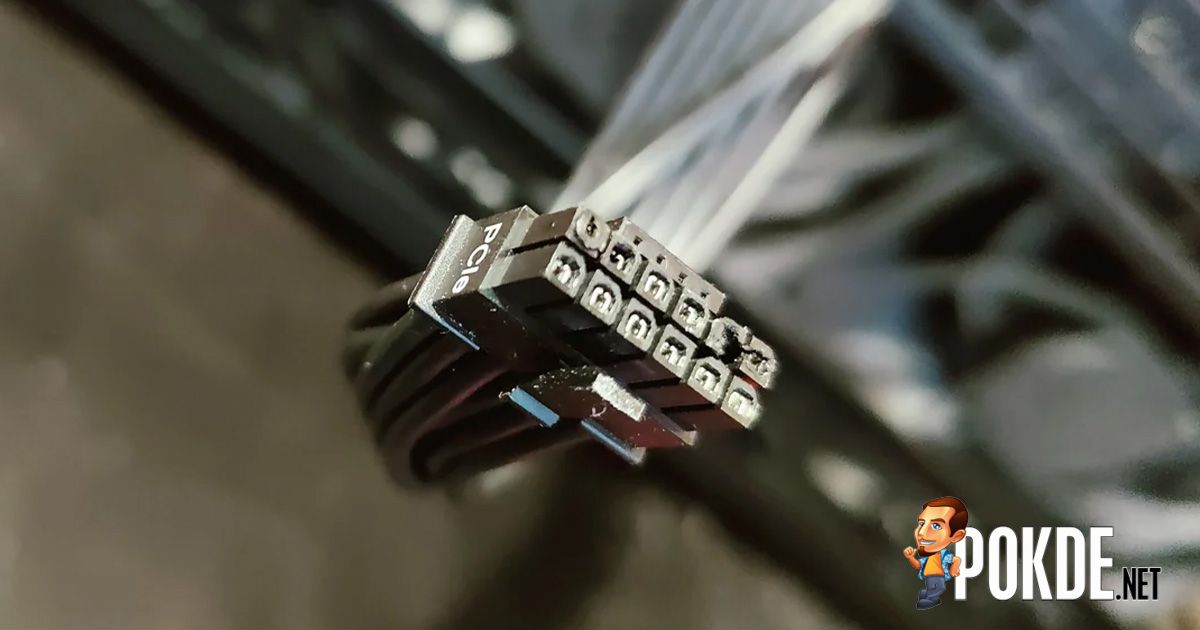Meltdown Mayhem: 12V-2x6 Connector Strikes Again, Leaving RTX 5090 and Power Supply in Flames

The ongoing saga of the problematic 12V-2x6 power connector continues to unfold, with a new high-profile casualty emerging in the graphics card world. MSI's flagship RTX 5090 GAMING TRIO graphics card has fallen victim to the persistent connector issues, accompanied by significant damage to a Corsair power supply unit (PSU).
This latest incident highlights the growing concerns surrounding the reliability of these power connectors, which have been plaguing high-end computer components in recent months. The damage serves as a stark reminder of the potential risks facing enthusiasts and professionals who rely on cutting-edge hardware.
As the tech community continues to monitor these developments, questions about component safety and design integrity remain at the forefront of discussions among hardware experts and consumers alike.
